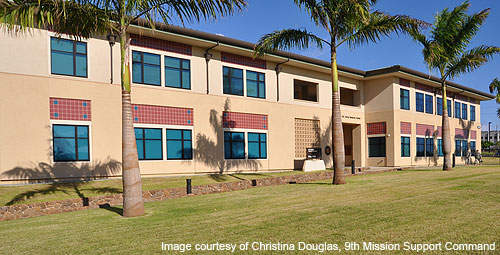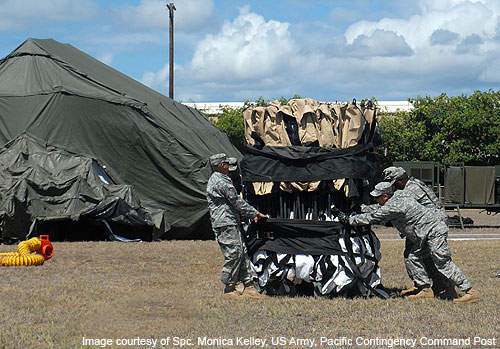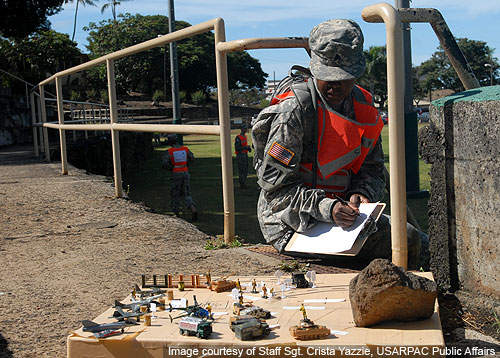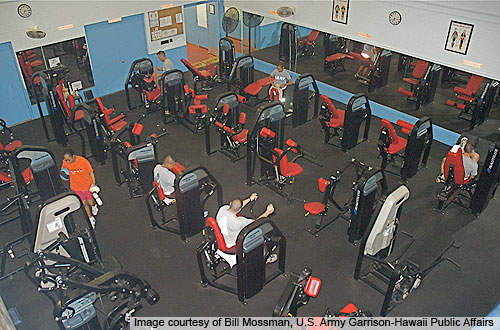Fort Shafter is the oldest military post on the island of Oahu, Hawaii and is located in the town of Kalihiin south Oahu. The army post extends from Kalihi and Moanalua valleys to the coastal plain at Mapunapuna.
Fort Shafter is the headquarters of the US Army Pacific Command (USARPAC), the MACOM of the US Army’s forces in Asia and the Pacific Basin. It also houses the US Army Corps of Engineers Pacific Ocean Division, the US Army Installation Management Agency Pacific Region Office and the 9th Regional Readiness Command. The base is spread over 589 acres and accommodates more than 5,000 soldiers, civilians, contractors and military families.
The base provides installation support to other base units and commands operating in the region. The USARPAC based in Fort Shafter plays a vital role in the homeland defence of Hawaii and provides ready forces in support of military missions and peacetime operations in the Asia-Pacific region.
Fort Shafter history
Construction on the military post began in 1905. The fort was built under an ambitious War Department building programme that included the Fort DeRussy, Fort Ruger and Schofield Barracks. The Fort Shafter military post was opened in 1907. It was named after Major Gen. William R. Shafter, commander of the expeditionary force that liberated Cuba in 1898.
The 2nd Battalion, 20th Infantry Regiment was the first unit stationed at the new post in June 1907. Fort Shafter served as an anti-aircraft artillery post from 1921 through WWII.
It became a busy headquarters in a short time and the barracks on Palm Circle were converted into offices. Richardson Hall and two other adjoining buildings were built by the Army Corps of Engineers in 1944.
The senior Army headquarters for the Asia-Pacific region were continued at Fort Shafter after WWII. The headquarters was renamed US Army, Pacific in 1947. The new Moanalua Freeway split the post into two parts in the early 1960s. Fort Shafter became home to the US Army Support Command, Hawaii, and the US Army Corps of Engineers, Pacific Ocean Division in 1974.
The US Army Western Command (now the US Army, Pacific) was established in 1979. The US Army transferred 750 acres of unexploited land to the State of Hawaii in 1983. Palm Circle District was designated as a National Historic Landmark in October 1984. Fort Shafter celebrated its 100th anniversary in June 2007. It currently serves as the central location for command, control, and support of Armed forces operating in the Asia-Pacific region.
Design and construction
The Army planners built up the Palm Circle using American-Edwardian architectural design as a cantonment for an infantry battalion. The barracks and officers’ quarters were arranged around a parade field surrounded by Royal Palms.
Fort Shafter further expanded from Palm Circle to neighbouring areas. The Richardson Theatre was constructed by South Pacific Construction Company in 1948.
A regimental-sized cantonment area was built in 1914 in the area where Richardson Theatre now stands.
The Hawaiian Ordnance Depot was built in 1917 as a separate post. A new area was created in 1940 for Signal Corps divisions.
The US Army Corps of Engineers Pacific Ocean Division headquartered in Fort Shafter undertakes construction and civil works throughout the region.
Base facilities
Fort Shafter provides housing and support facilities for the troops stationed at the post. Some of the major facilities available at the military post are a hospital, an ordnance depot, an anti-aircraft regiment and a signal depot.
The Hawaii Army Family Housing office provides family housing and unaccompanied housing units for active duty members at the post. Other facilities at the base include a commissary, a post exchange, a shopping centre, a gym and a library. Recreational facilities offered are arts and crafts, mechanics, a theatre, abowling alley, swimming pools and a tennis court.






